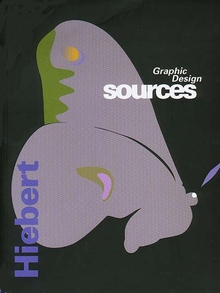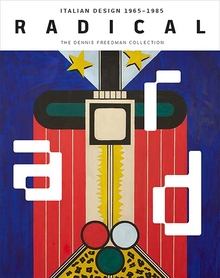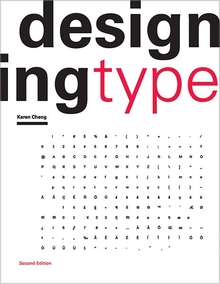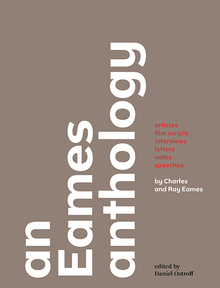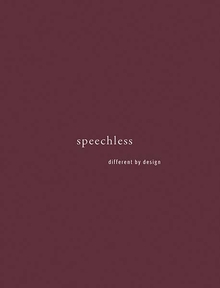Graphic Design Sources
WARNING
You are viewing an older version of the Yalebooks website. Please visit out new website with more updated information and a better user experience: https://www.yalebooks.com
Kenneth J. Hiebert; Foreword by Armin Hofmann
With clear explanations and hundreds of revealing illustrations, Hiebert discusses and demonstrates the process of design creation: first finding more universal and latent beginning points inherent in sources, then engaging in a thought process that leads to fresh and unpredictable interpretive results. He explains how to use the computer as an enabling tool while avoiding the cliché forms of obvious computer-generated design. When designers understand how to meld form, technique, and communication, Hiebert says, design becomes an exciting personal process, independent of stylistic trends.
"This book represents the best of writing on design. Hiebert’s project-based explanations are fascinating deconstructions that make sense and demystify the process of design."—Douglass Scott, Yale School of Art and Rhode Island School of Design
"Food for though for communication, information, interface, interaction designers—in short, anyone involved in human-to-human communication. What an exquisite feast."—Daniel Boyarski, Professor of Design, School of Design, Carnegie Mellon University
"This profound document takes the reader deep into the territory of Design (with a capital D). Through his well-articulated arguments and the visual examples Hiebert reveals design principles in action. Anyone dedicated to the process of design will find this book indispensable."—Thomas Ockerse, Rhode Island School of Design
"This book represents the best of writing on design. Hiebert's project-based explanations are fascinating deconstructions that make sense and demystify the process of design."—M. Douglass Scott, Yale School of Art
"Almost filmlike in the sequencing, the network of factors woven into design processes is made visible and clarified. The way conventional boundaries between and among pictures, signs, words, numbers, and color values can be altered and expanded to achieve shifts in meaning is impressively documented."—from the Foreword by Armin Hofmann
"A welcome addition to the serious graphic design library. . . . This kind of serious exploration of visual communication is rare and a great contribution to visual thinking. This book should be on the shelf of every graphic designer."—S. Skaggs, Choice
"Hiebert writes in a style of design proverbs, easily digestible words to design and live by, recalling the clarity with which Rand and Tschichold wrote on design. . . . Beyond its value to design educators and students, Graphic Design Sources offers all readers useful reflections on design."—Communication Arts
"A beautiful book. . . . [Hiebert] is a master of visual aesthetics, but the work we shows is more than a formal tour de force. . . . A deep commitment to design and teaching are revealed in this fine book."—Sharon Poggenpohl, Visible Language
Publication Date: March 30, 1998
440 b/w + 240 color illus.

